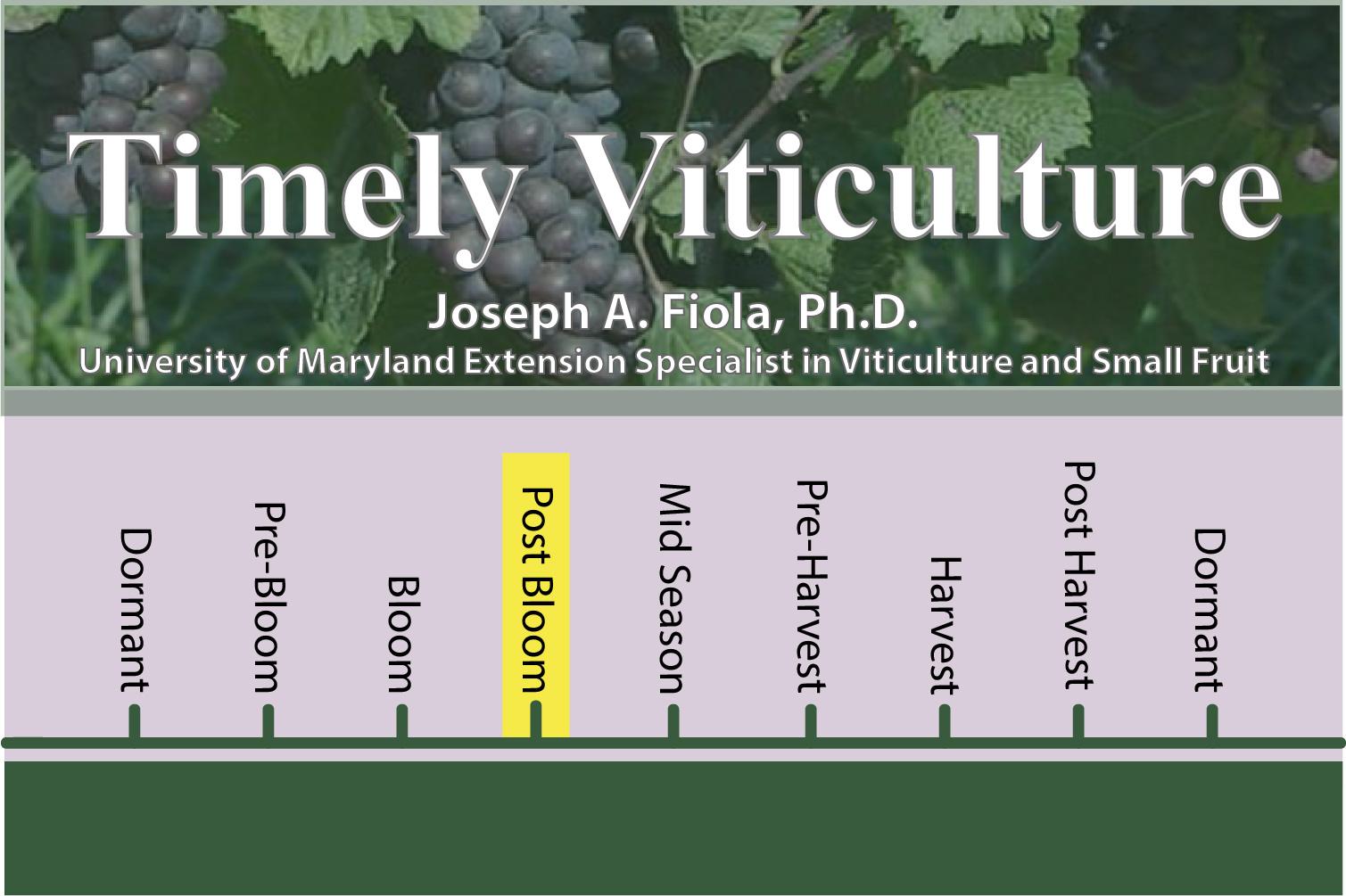Minimizing Herbaceous Character in the Vineyard
The herbaceous aroma in wines, such as “bell pepper” or “stemmyness,” is caused by a family of chemicals known as methoxypyrazines (MPs). They are very important in wines because highly perceivable at very low concentrations and are associated with under-ripe and generally undesirable aromas and flavors. High levels of MPs are associated with wine-growing regions known for vigorous vine growth and moist soil and weather conditions during grape ripening, such as the Mid-Atlantic.
- Concentrations of MPs in the order of 1-35 parts per trillion are responsible for the varietal character of Cabernet Sauvignon, Cabernet Franc, and Sauvignon Blanc.
- Higher concentrations are undesirable, often leading to a “bell pepper” or “raw potato” aroma in the finished wine.
Properly managing vegetative growth and encouraging full and even ripening, can avoid unripe and vegetative flavors in finished wines.
- Vine spacing at 800 to 1400 vines per acre (6x10 ft. or 4x8 ft spacing respectively) is an ideal planting density.
- Research has shown that 1600 vines/A leads to higher MP levels in grapes and finished wines.
- For spur-pruned vines, thin to 3-5 fruit-bearing shoots per linear foot of cordon.
Sunlight exposure has been shown to degrade MPs.
- Hedging vines is necessary to minimize shade on clusters.
- Primary leaves near the clusters are mostly responsible for the photosynthesis of sugars and ripening of the fruit.
- Hedge at bunch-closing stage, usually in mid-July.
- Hedge the vines so shoots have about 15 nodes above the cluster.
- Remove lateral shoots, as they will shade fruit and primary leaves.
- Leaf removal is recommended
- Leaf removal promotes sunlight exposure of primary leaves and grape clusters.
- The fruit zone is less humid after leaf removal. Fruit that matures under drier conditions has lower MP levels.
- Leaf pull 60-80% of leaves one to four weeks after fruit set, primarily on the the eastern side of the canopy
- Remove leaves a second time at veraison if needed.
Vegetative aroma and taste tend to decrease with crop load.
- The ideal crop load is variety and site-dependent
- In general, three to four tons/acre for most vinifera
- Three to six tons/acre may be possible for premium hybrids on desirable sites
A decrease in MP concentration and herbaceousness are drastic during ripening.
- Two additional weeks of ripening can mean a decrease of 50% of MP concentration in the finished wine.
- Leaves active in photosynthesis contribute to MP concentration in grapes.
- Leaf maturity should be taken into account when deciding when to harvest. By the time leaves begin to change color, MPs and herbaceousness will be minimal.
For more information on viticulture and small fruit go to Grapes and Fruit
My thanks to Benjamin Margulies, Viticulture Research Group, University of Maryland Extension, for his research into this topic.
Timely Viticulture is designed to give those in the Maryland grape industry a timely reminder on procedures or topics they should be considering in the vineyard.
